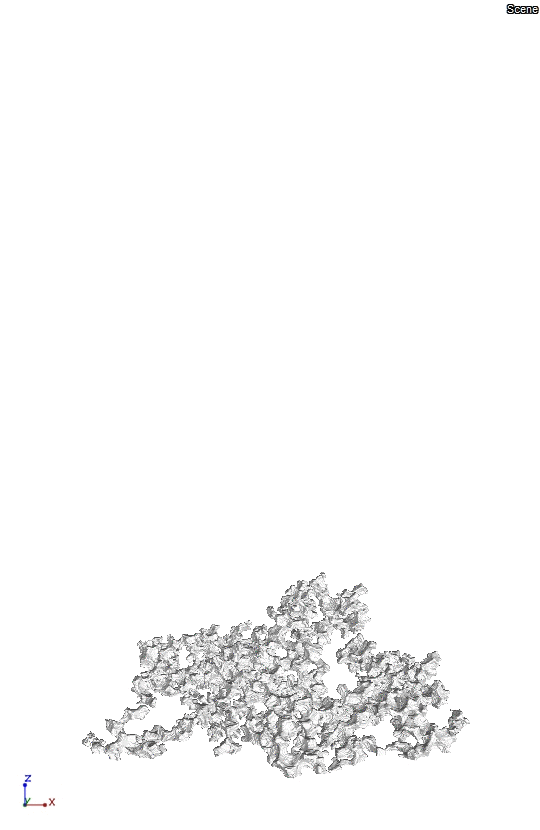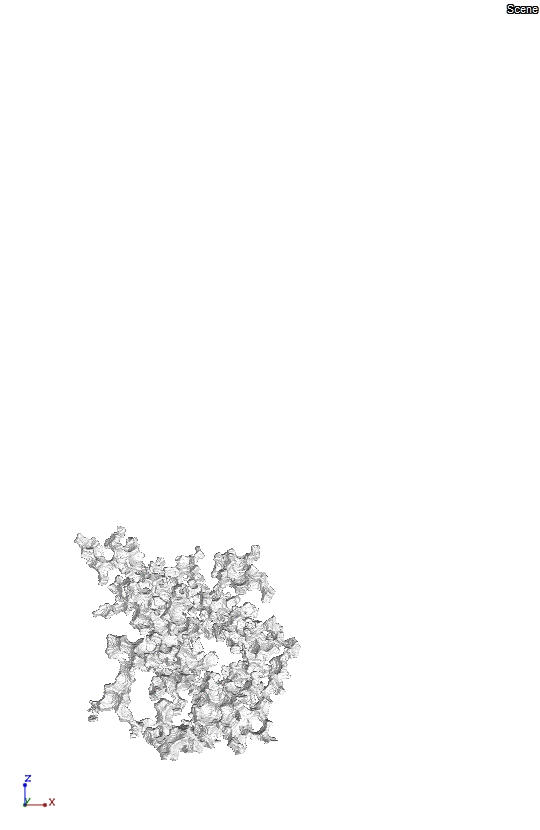RESEARCH PROJECTS
DISSOLUTION MASS TRANSFER OF CAPILLARY TRAPPING


3D tomographic imaging of capillary trapping dissolution process
Dissolution mass transfer of capillary trapping occurs in various hydro-geology applications, such as groundwater contamination, groundwater in-situ decontamination, and geological carbon sequestration. In this process, a fluid, which can be liquid, gas, or supercritical state, is trapped and immobilized in porous media. Then, another fluid, usually water, passes by, inducing dissolution mass transfer from the capillary trapping to the flowing phase. The rate of dissolution mass transfer is important in assessing the degree of groundwater contamination, the effectiveness of nutrient transport in groundwater remediation, and dissolution trapping in geological carbon sequestration.
Related publications
CAPILLARY TRAPPING CHARACTERIZATION
After fluid displacement in porous media (either imbibition or drainage), some displaced fluid remains in the porous media in the form of capillary trapping, which is difficult to be displaced. In the application of groundwater contamination, this capillary trapping will become the prolonged contamination source, whereas in petroleum, it is necessary to push out this capillary trapping through enhanced oil recovery for petroleum production. Therefore, characterizing this capillary trapping is important in designing appropriate technique for the applications.
Related publications


3D tomographic imaging of (left) capillary trapping and (right) identified clusters
FLUID DISPLACEMENT



3D tomographic imaging of (left) capillary fingering and (right) viscous fingering
The fluid displacement in porous media is mainly controlled by the viscosity ratio between the fluids and the capilary number. Mainly, the displacement patterns can be categorized into three: viscous fingering, capillary fingering, and stable displacement. These types of patterns will influence the displacement sweep efficiency that is very important in various hydro-geology and industrial applications..
Related publications
POROUS MEDIA CHARACTERIZATION
In porous media, porous medium characteristics influence various flow processes. In the case of a single fluid flow, its characteristics define the permeability and tortuosity. For multiphase flow, its characteristics affect capillary trapping, and since capillary trapping mainly occurs inside the pores, the size and shape of the pores determine them. These characteristics define the stability of the trapped phase and its exposure to the surrounding fluid. Stability governs the capillary trapping displacement, and exposure influences the mass transfer of the capillary trapping.

Related publications
REACTIVE FLOW
There are various methods of to control displacement efficiency. One of the most promising method is reacting flow, which is the combination between chemical reaction and fluid displacement. The chemical reaction can be designed to generate surfactant, gel, or viscosity enhancing properties. Therefore, by carefully designed the reaction, the displacement sweep efficiency can be controlled.

Improving contaminant sweeping by using polymer with chemical reaction

Front dominated fingering

Dual fingering

Rear dominated fingering

Stable
Related publications
MULTIPHASE FLOW MEASUREMENT IN PIPE
Multi-phase flow in pipe occurs in various applications, such as chemical industries, nuclear reactors safety measure, and fluid transport in piping. One of the challenging problem is the measurement of multi-phase flow in pipe because of the opaqueness of the pipe and the requirement for high temporal and spatial resolutions.
Related publications

Saline water mixing energy conversion
A huge amount of energy is spontaneously released upon mixing fresh and saline waters. About 2 kJ of energy is released by mixing a controlled volume of 1 L of fresh water with an equal amount of seawater. It is estimated that an amount of 2 TW of power can be generated throughout the world from this energy source. Capacitive energy extraction based on double-layer expansion (CDLE), which is based on the formation of electric double layer (EDL). These methods are used to effectively generate electrical energy from the mixing solution, which are based on the change of electrical properties of electrode electrolyte interface owing to salinity difference.

